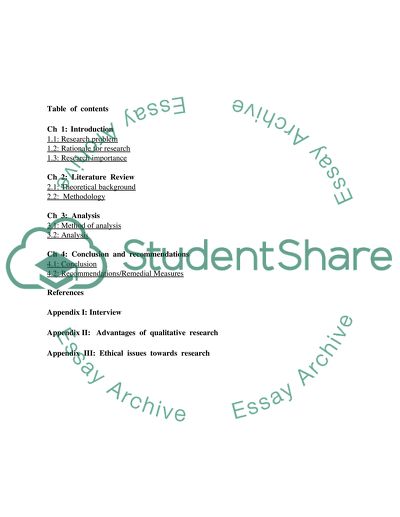Cite this document
(“Interpreting Crime and Criminals Essay Example | Topics and Well Written Essays - 3250 words”, n.d.)
Retrieved from https://studentshare.org/law/1541620-interpreting-crime-and-criminals
Retrieved from https://studentshare.org/law/1541620-interpreting-crime-and-criminals
(Interpreting Crime and Criminals Essay Example | Topics and Well Written Essays - 3250 Words)
https://studentshare.org/law/1541620-interpreting-crime-and-criminals.
https://studentshare.org/law/1541620-interpreting-crime-and-criminals.
“Interpreting Crime and Criminals Essay Example | Topics and Well Written Essays - 3250 Words”, n.d. https://studentshare.org/law/1541620-interpreting-crime-and-criminals.


